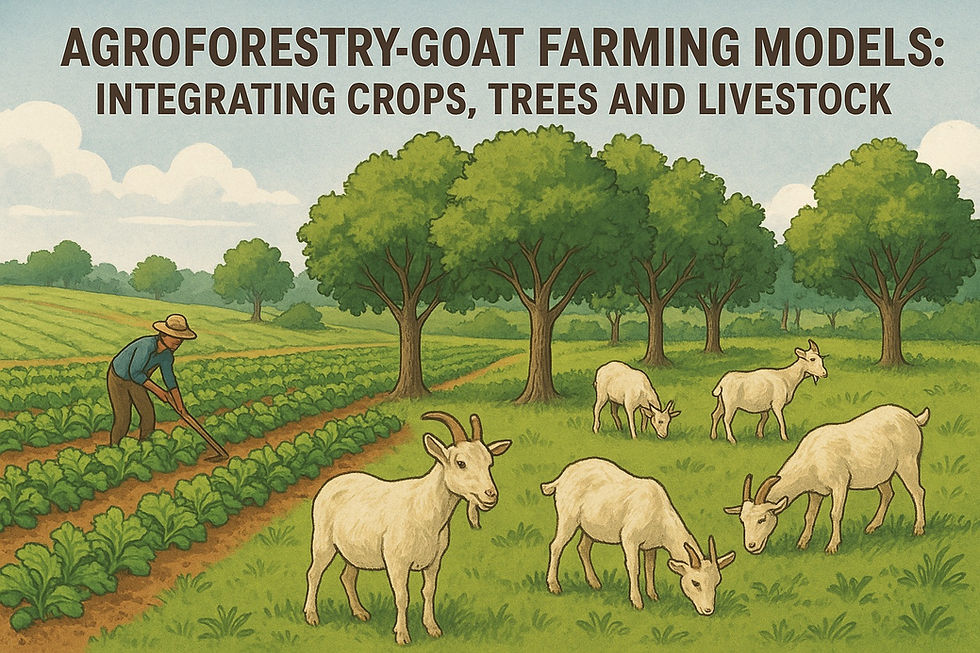One Health in Nepal: Linking Animal, Human and Environmental Health
- Global Services TGT
- May 16
- 3 min read
In the shadow of the Himalayas, Nepal is home to breathtaking biodiversity, vibrant communities, and a way of life closely tied to both nature and animals. But this deep connection also comes with complex challenges: emerging zoonotic diseases, environmental degradation, and vulnerable health systems. To address these interlinked issues, Nepal is increasingly turning to a powerful framework: One Health.
One Health is a collaborative, transdisciplinary approach that recognizes that the health of people, animals, and the environment is deeply interconnected. In practice, it brings together veterinarians, doctors, ecologists, public health experts, and community leaders to tackle shared health threats.
From preventing disease outbreaks to improving food safety and addressing climate-driven health risks, One Health isn’t just a theory—it’s a necessity, especially in countries like Nepal.
Zoonotic Disease Risks: Nepal is a hotspot for zoonotic diseases—infections that can spread between animals and humans. Rabies, avian influenza, leptospirosis, brucellosis, and Japanese encephalitis are persistent public health threats, especially in rural and peri-urban areas where people live in close contact with livestock and wildlife.
For example, rabies still claims lives in Nepal, largely due to dog bites. Tackling this problem requires more than just human vaccination—it demands coordinated dog population control, animal vaccination programs and public education.
Livestock and Food Security: Livestock plays a critical role in Nepal's rural economy, but poor animal health can directly affect food safety and nutrition. Sick animals can transmit diseases through milk, meat, or direct contact. One Health promotes safe animal husbandry practices and strengthens veterinary services, ensuring both animals and people stay healthy.
Climate and Environment: Deforestation, water pollution and climate change are putting stress on both ecosystems and communities. For instance, rising temperatures and changing rainfall patterns can lead to vector-borne diseases like dengue and malaria spreading to new areas. One Health encourages environmental stewardship as part of disease prevention strategies.
Collaborative Action on the Ground: Nepal has made notable strides toward integrating the One Health approach:
National One Health Strategy (2019): Developed by the Ministry of Health and Population, it laid out a framework for multisectoral coordination.
Joint Outbreak Investigations: When disease outbreak occurs, such as avian flu or leptospirosis, teams from human health, animal health and environmental sectors now work together to trace and contain the source.
Surveillance Systems: Pilot projects in districts like Chitwan and Kailali have tested integrated disease surveillance across livestock and human populations.
Community Engagement: NGOs and academic institutions have led awareness campaigns, trained farmers in safe livestock practices, and worked with indigenous communities on eco-health initiatives.
Challenges Ahead: Despite progress, several hurdles remain:
Coordination Gaps: Ministries and departments often operate in silos, making joint action difficult without strong leadership.
Funding Constraints: Sustaining One Health initiatives requires long-term investment, often difficult in a resource-limited setting.
Workforce Capacity: There is a shortage of trained personnel, especially in rural and remote regions where health threats often begin.
As Nepal continues to urbanize, modernize, and confront climate change, One Health offers a resilient, inclusive path forward. It reminds us that human health isn’t separate from the health of our animals or the land we live on. It calls for collaboration, innovation, and community-based action.
One Health is not just a policy—it’s a philosophy of change, and in Nepal, it could be the key to a healthier and more sustainable future.



Comments